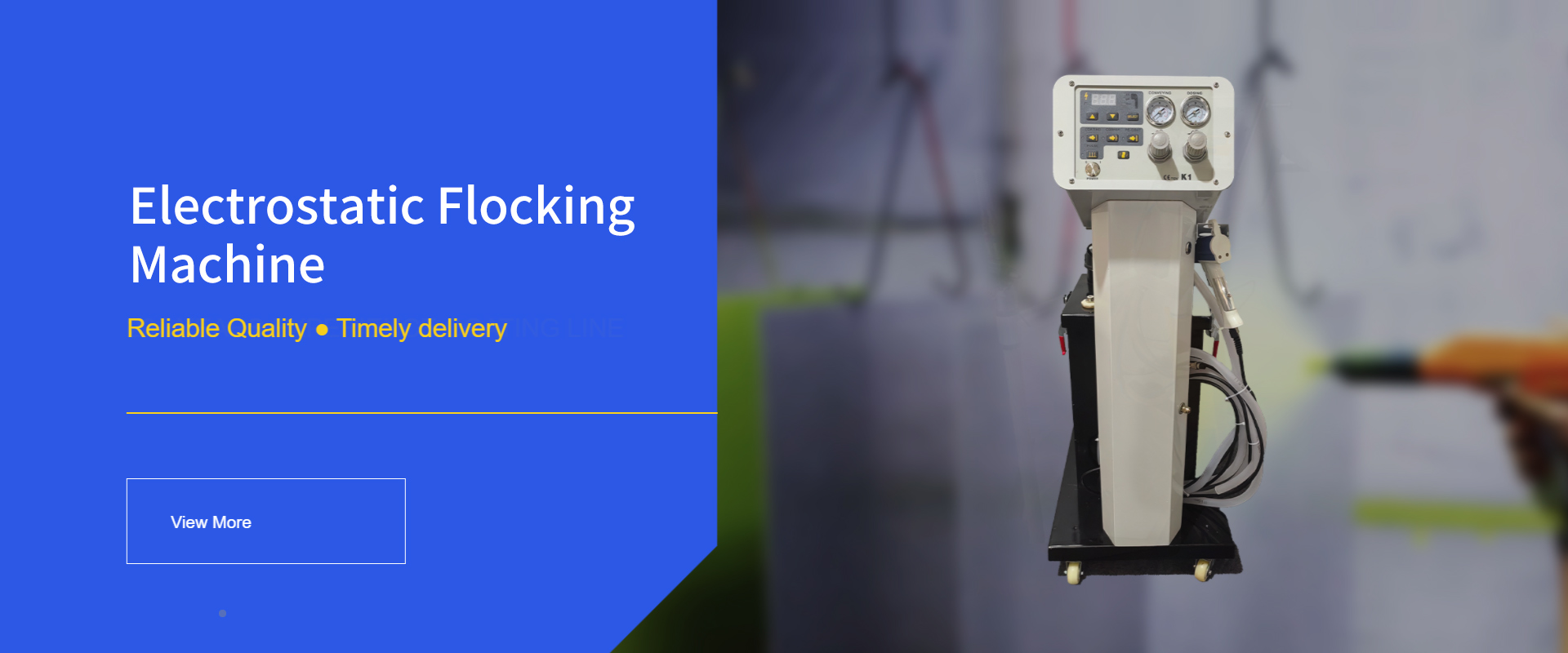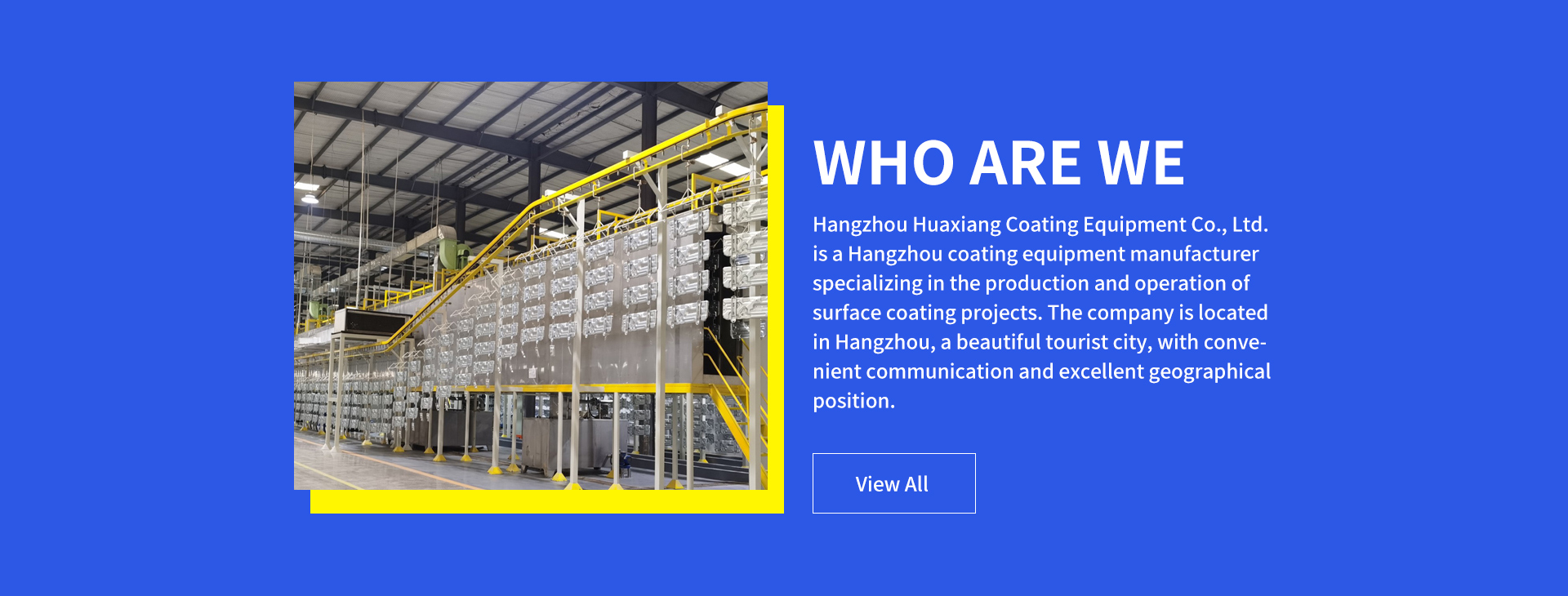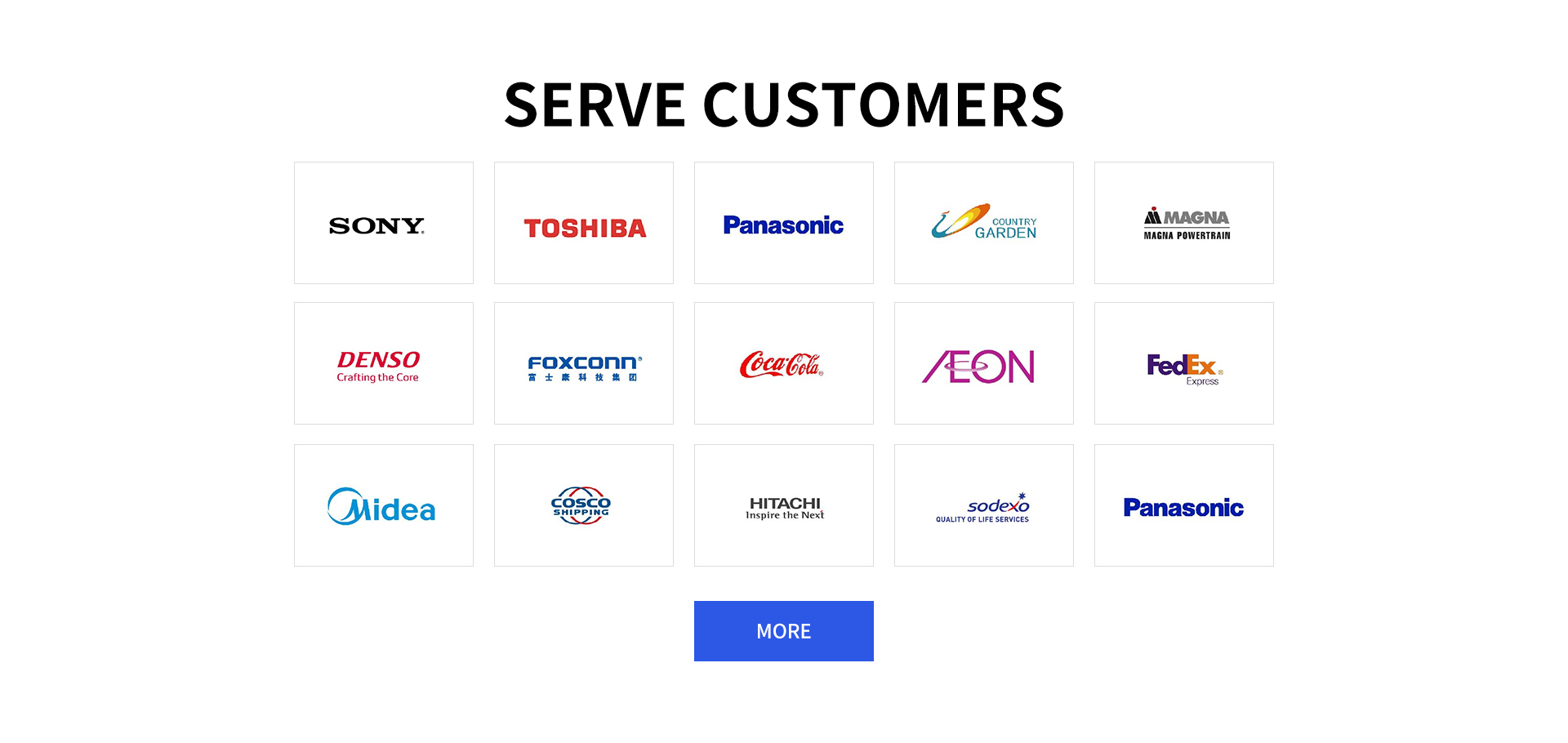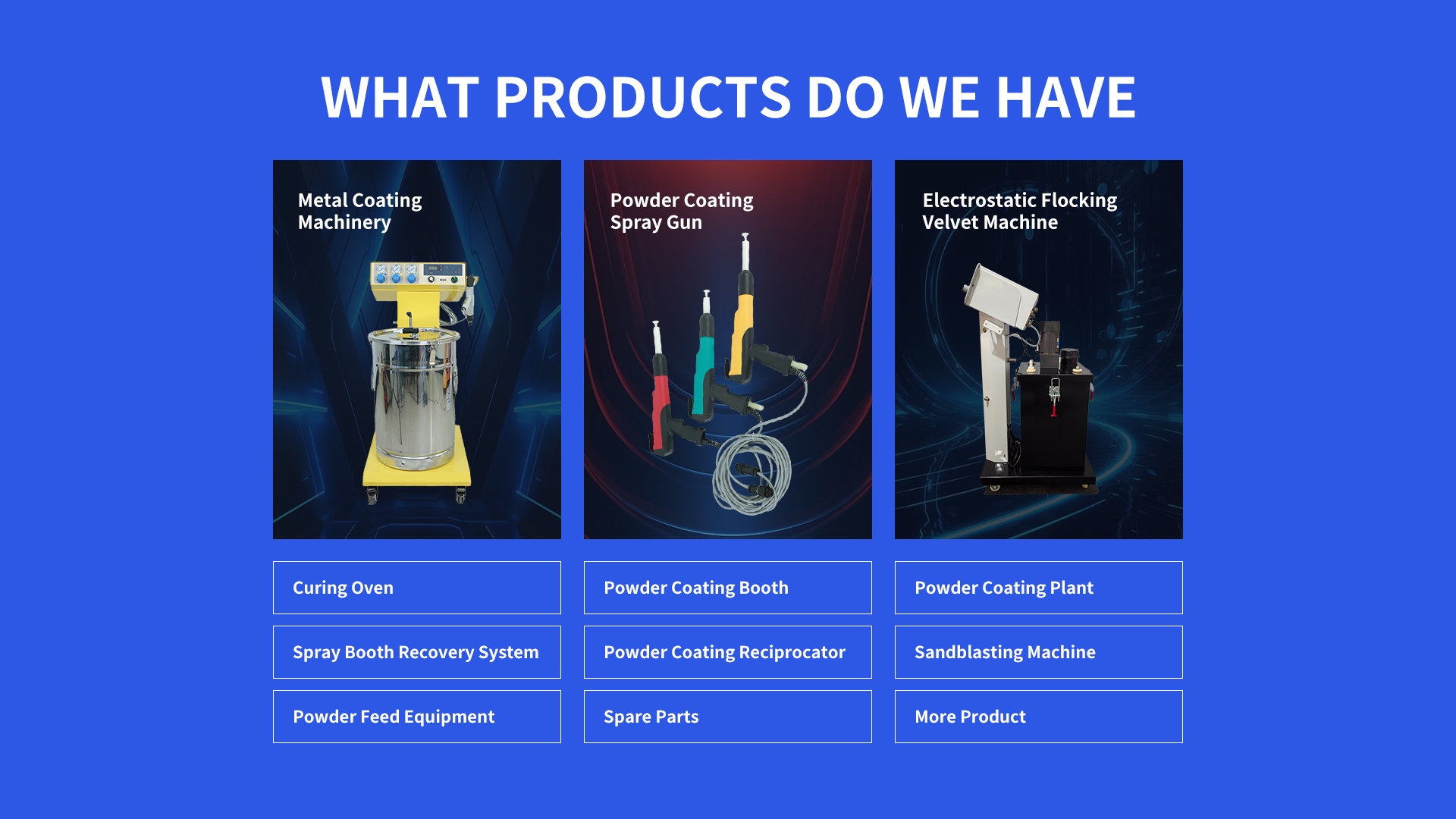Homemade Powder Coating Spray Booth systems meet demand among DIY enthusiasts, hobbyists, and small-scale fabricators. These budget-friendly setups handle small projects like restoring metal furniture, coating car parts, or customizing tools. Costs range from $50 to $500, using repurposed materials (wood, plastic) and basic components, making them accessible for those avoiding commercial booth expenses. Their popularity grows with makers prioritizing affordability and customization.
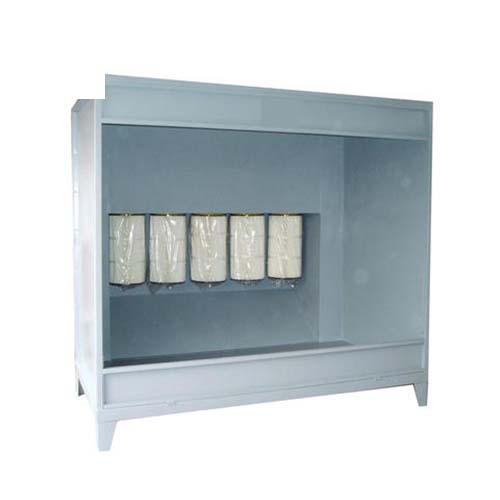
Homemade Powder Coating Spray Booth projects focus on small-batch, custom finishing. These projects include refinishing bike frames, coating garden tools, restoring vintage hardware, or creating unique metal art. Unlike industrial setups, they handle 1-10 pieces at a time, emphasizing personalization over volume. Homemade Powder Coating Spray Booth systems let users experiment with colors and textures, adapting to odd-shaped parts that don’t fit standard commercial booths, all while keeping costs low for non-professional use.
Homemade Powder Coating Spray Booth surface treatment relies on simple, manual techniques to prepare surfaces. Start with degreasing—using mineral spirits or dish soap to remove oils and dirt. Next, sanding or wire brushing removes rust, old paint, or mill scale, creating a rough texture for better powder adhesion. For tougher grime, vinegar or citric acid solutions can dissolve light rust. After cleaning, surfaces are dried thoroughly to prevent moisture from ruining the coating. This straightforward process ensures powder sticks well in Homemade Powder Coating Spray Booth setups, even without industrial pre-treatment lines.
Homemade Powder Coating Spray Booth is a DIY enclosure built from everyday materials to contain powder overspray during coating. It lacks the complexity of commercial models, using frames of wood or PVC pipe, walls of plastic sheeting or canvas, and basic fans for ventilation. Designed for home garages, sheds, or small workshops, it lets users apply powder coatings without investing in expensive equipment. Its size varies—from a small box for bolts to a larger structure for car bumpers—tailored to specific project needs.
Frame Structure: Typically made of wooden 2x4s, PVC pipes, or metal rods. This lightweight frame shapes the booth, with dimensions matching project size (e.g., 3x3x4 feet for small parts). It supports the enclosure and keeps the structure stable during use.
Enclosure Material: Plastic sheeting, canvas, or thick tarp. These materials line the frame to contain overspray, preventing powder from spreading to surrounding areas. Clear plastic options improve visibility while blocking particles.
Filtration System: Repurposed HEPA filters, furnace filters, or even coffee filters (for small booths). Placed at exhaust points, they trap excess powder, keeping air clean and reducing cleanup. Some users add a simple mesh screen first to catch larger powder clumps.
Ventilation Fan: A small box fan or shop vac (set to exhaust). Positioned to pull air through the booth, it moves overspray toward filters, preventing powder buildup on parts or the enclosure. Low-wattage fans work for small booths to avoid disturbing powder adhesion.
Lighting: LED work lights or battery-powered lamps. Clipped to the frame, they illuminate the coating area, helping users check coverage and spot missed spots. Waterproof options are preferred to resist powder dust.
Homemade Powder Coating Spray Booth systems offer extreme affordability, using materials often already on hand or available at local hardware stores. They’re customizable—users adjust size and design to fit specific parts, from tiny bolts to large toolboxes. Their simplicity makes setup quick, with most built in a few hours. They work in small spaces like garages or sheds, avoiding the need for dedicated workshop areas. For hobbyists, they eliminate the cost barrier to powder coating, letting them achieve professional-looking finishes without commercial equipment.
Building a
Homemade Powder Coating Spray Booth for small parts starts with measuring your largest item, then cutting frame materials (wood or PVC) to create a 2x2x3-foot structure. Assemble the frame with screws or connectors, ensuring it’s square. Line the frame with clear plastic sheeting, stapling it tightly to seal edges. Cut a 6-inch hole in one side for a fan, and another on the opposite side for a filter (secured with tape). Add a small door (flap of plastic) to insert parts. Mount LED lights inside for visibility. Finally, ground the booth by attaching a copper wire from the frame to a metal stake in the ground. This setup contains overspray and works well for bolts, brackets, or small hardware.
Choosing materials for a
Homemade Powder Coating Spray Booth balances durability and cost. For frames, wood is cheap and easy to cut, while PVC resists moisture (good for damp garages). Enclosure materials: clear plastic sheeting lets you see work but tears easily; canvas is sturdier but less visible. Filters: furnace filters work for light use; HEPA filters catch finer powder but cost more. Fans: box fans (10-20 inches) provide enough airflow for small booths; avoid high-power fans that blow powder off parts. Prioritize fire resistance—avoid highly flammable materials near curing heat sources. Match materials to your climate (e.g., mold-resistant plastic for humid areas).
Maintaining a Homemade Powder Coating Spray Booth extends its life. After each use, shake excess powder from filters or replace them if clogged. Wipe the enclosure interior with a dry cloth to remove powder dust, preventing buildup that reduces visibility. Check the frame for loose screws or connectors, tightening as needed. Inspect plastic sheeting for tears, patching small holes with tape or replacing the entire sheet if damage is severe. Clean the fan blades with compressed air to keep airflow strong. Store the booth indoors when not in use to protect materials from weather damage, especially if using wood frames prone to warping.
Ensuring safety with a Homemade Powder Coating Spray Booth involves simple steps. Work in a well-ventilated area—open windows or use the booth’s fan to avoid powder inhalation. Wear a dust mask (N95 or better), safety glasses, and gloves to protect skin and lungs. Keep the booth away from heat sources (heaters, pilot lights) as powder dust is flammable. Ground both the booth and the part being coated (use a clamp to connect to a metal pipe) to prevent static shocks. Never spray near open flames, and have a fire extinguisher nearby. After use, clean up spilled powder immediately to avoid dust clouds.
Reducing overspray in a Homemade Powder Coating Spray Booth improves efficiency and cleanup. Position the fan to pull air toward the filter, creating a steady flow that captures excess powder. Line the booth’s interior with sticky mats or cardboard (taped in place) to catch overspray, making cleanup easier. Keep the spray gun 6-8 inches from the part—too far causes more overspray, too close leads to thick spots. Use a lower air pressure setting on the gun (30-40 PSI) to control powder flow. For small parts, place them on a raised wire rack (grounded) so overspray falls through to the filter, rather than building up on a solid surface. These steps minimize waste and keep the booth interior cleaner.
Statement: Hangzhou Huaxiang Coating Equipment Co., Ltd Chinese Powder Coating Equipment facturers provide you with customized equipment for various types of Powder Coating Lines, Powder Coating Ovens, Powder Coating Booths,Powder Coating Guns, etc. For inquiries! Contact us at
Email: gezx@cncolourspray.com
WhatsApp: +86 13335812068

